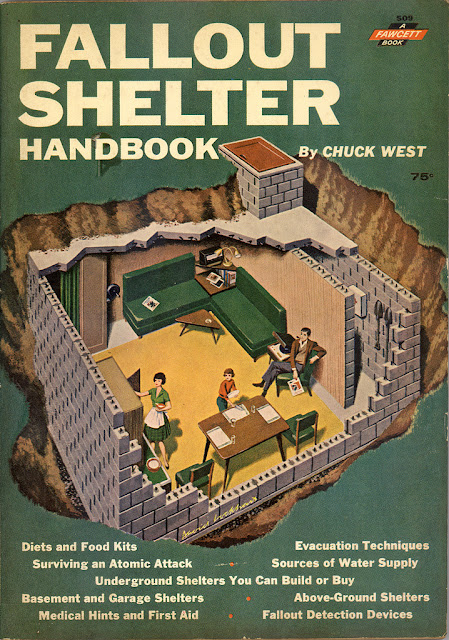Fox recently aired an episode of the television show Glee dedicated to covering famous musical numbers from the cult classic The Rocky Horror Picture Show. While I will admit my bias is with Rocky Horror (what other film lets you throw toast at people?), the Glee episode bothered me for more reasons than simple indignant fan snobbery. I was bothered by the changes they made to the representations of gender and sexuality, specifically during the “Sweet Transvestite” number.
The “Sweet Transvestite” number was problematic for me because, by changing Dr. Frank-N-Furter’s character from a homosexual, transvestite male to a straight, non-cross dressing female, Glee makes Frank-N-Furter and the musical number a part of the dominant, heteronormative culture the original Rocky Horror sought to subvert. In essence, Glee robs the number of all its cultural power.
Particularly, Glee’s heterosexual, female Frank-N-Furter significantly lessens the powerful and exaggerated contrast between Frank-N-Furter and the comically clean-cut Brad and Janet. In the original, Brad and Janet are an almost perfect representation of a supposedly ideal couple (young, heterosexual, white, and abstinent until marriage), but when Frank-N-Furter steps out of the elevator, the melodramatically fainting Janet and stammering Brad appear just as absurd as the overly made up man in the sequined teddy. In effect, this contrast presents Brad and Janet’s extreme heterosexuality as equally over-the-top as Frank-N-Furter’s transvestite homosexuality. Since the Glee “Sweet Transvestite” has nothing more than a straight, non-transvestite female dressed in a sexy outfit, the contrast that puts Brad and Janet’s exaggerated heterosexuality into sharp relief is completely lost.
The Rocky Horror Picture Show. Dir. Jim Sharman. Perf. Tim Curry,
Susan Sarandon, and Barry Bostwick. Twentieth Century Fox, 1975.
Film.
“The Rocky Horror Glee Show.” Glee. Dir. Adam Shankman. Perf. Lea
Michele, Cory Monteith, Amber Riley, and Chris Colfer. Twentieth
Century Fox, 2010. Television.







